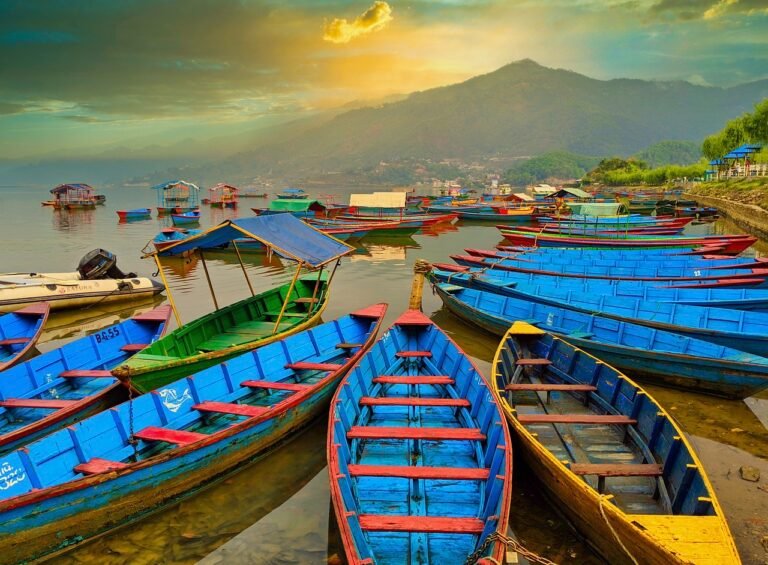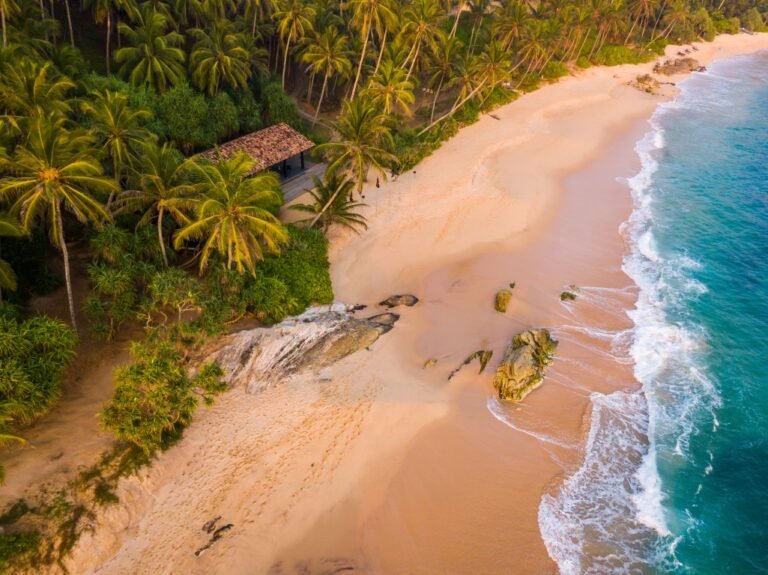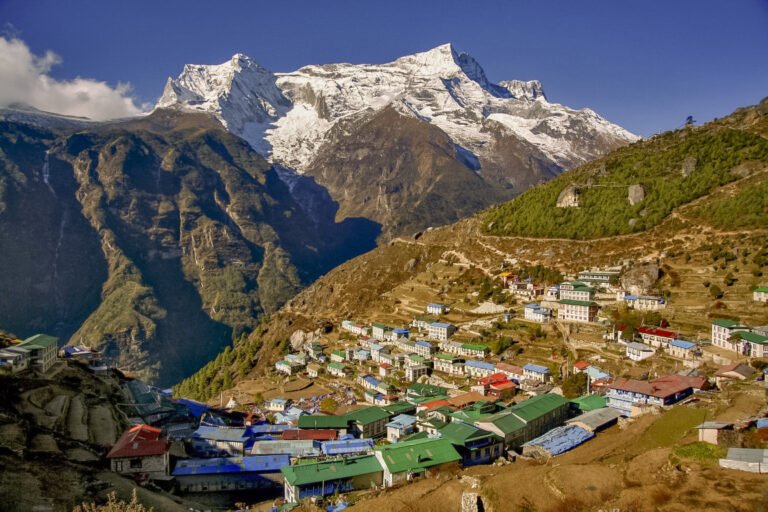Bhutan
A comprehensive seasonal guide to help you plan your perfect Bhutanese adventure

Discover the perfect time to experience Bhutan’s breathtaking landscapes, cultural festivals, and spiritual tranquility.
The best time to visit any destination is when the sky is crystal clear, the temperature is soothing, and all the desired destinations are accessible. Considering these factors, the best time to visit Bhutan is Autumn or Spring. However, this doesn’t mean that Bhutan is not worth visiting in other seasons; Bhutan offers different beauties in all seasons.
Bhutan’s peak seasons are Autumn and Spring. Spring is the first peak season, which falls between March and May. The other peak season is Autumn, which falls between September and November.
The shoulder season in Bhutan is Winter, which falls between December and February. In high-altitude areas, the temperature is quite cold, but if you can handle the weather, you can enjoy great views of the peaks without the crowds.
Bhutan’s off-season is the Monsoon, which falls between June and August. Not many travelers want to get their shoes wet during this season, although it is a more affordable time to visit Bhutan, as accommodation and transport are cheaper due to fewer travelers.
Bhutan’s Seasonal Calendar
For Clear Mountain Views
October-November and March-April
For Festivals
Spring (Mar-May) and Autumn (Sep-Nov)
For Budget Travel
Winter (Dec-Feb) and Summer (Jun-Aug)
For Trekking
Mid-September through mid-November
Visiting Bhutan in Winter
In Bhutan, Winter is from late November to February. In Winter, most areas above 3,000 meters experience heavy snowfall. High mountain passes, distant villages, and monasteries are cut off due to the snow. However, the sky is clear, and accommodation and transport are cheap, so those who can bear the cold can enjoy the spectacular views at an affordable price. The weather in the southern valleys is warmer than in the north and still ideal for hiking.
Temperature Range
Winter Festivals
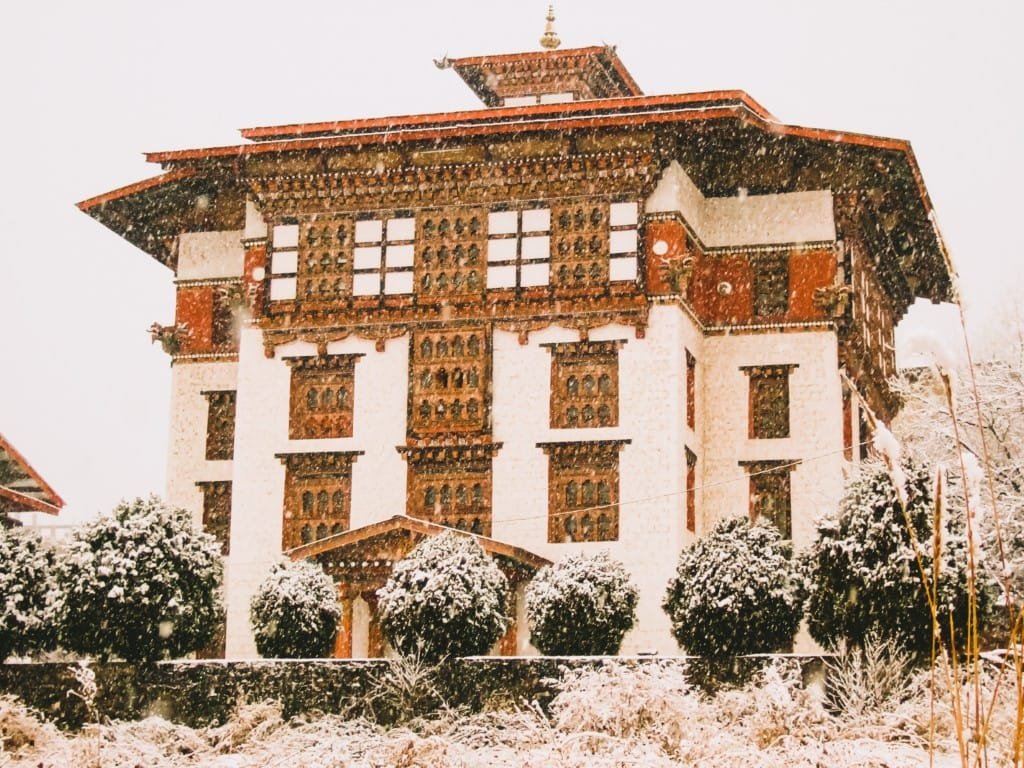
Winter Advantages
- Clear blue skies and mountain visibility
- Lower accommodation and transportation costs
- Fewer tourists and more authentic experiences
- Warm temperatures in southern valleys
Winter Challenges
- Cold temperatures in higher elevations
- Some mountain passes closed due to snow
- Remote monasteries may be inaccessible
- Need to pack warm winter clothing
Visiting Bhutan in Spring
Spring is short in Bhutan, lasting from early March to mid-April, but Bhutan truly comes alive this season. The peak season starts, and tourists wander around as the temperature is pleasant. Valleys are full of rhododendrons and other seasonal blooming flowers, with breathtaking views of the mountain peaks. This season is considered the best time to visit Bhutan. Some of the most spectacular festivals took place in Spring.
Temperature Range
Spring Festivals
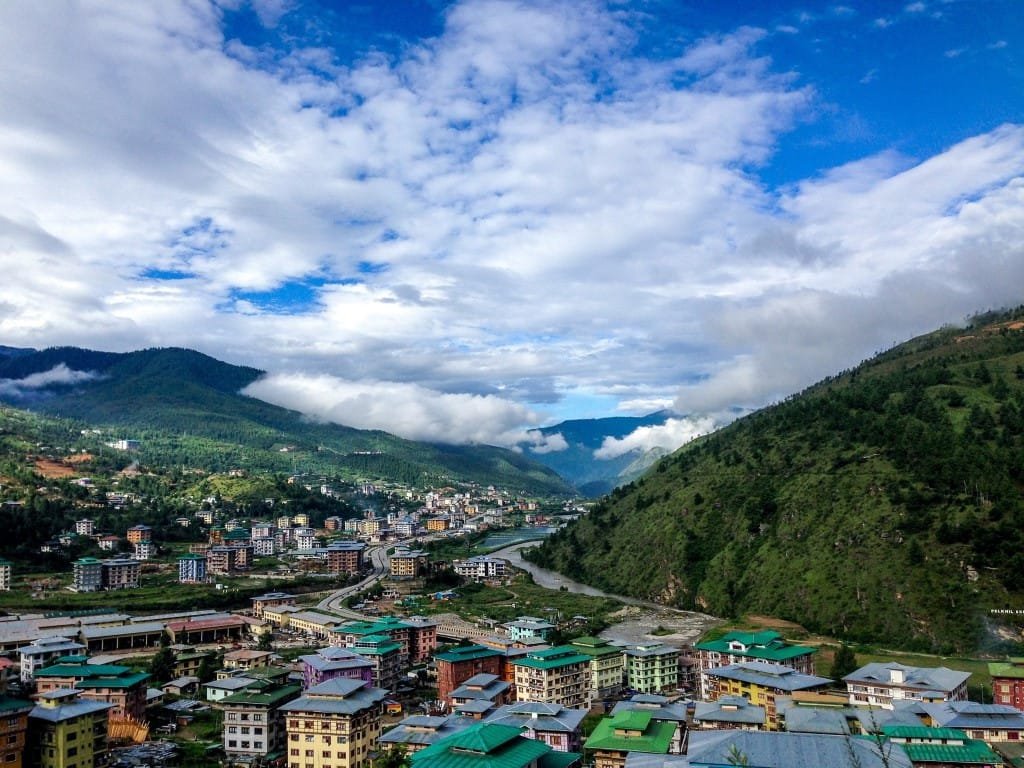
Spring Advantages
- Pleasant temperatures throughout the country
- Blooming rhododendrons and vibrant landscapes
- Clear views of mountain peaks
- Numerous cultural festivals to experience
Spring Considerations
- Higher accommodation prices during peak season
- More tourists at popular sites
- Need to book accommodations well in advance
- Occasional afternoon rain showers
Visiting Bhutan in Summer
Summer and Monsoon are the same in Bhutan, starting in June and lasting until August. Unlike other parts of South Asia, monsoon showers are light in Bhutan. It mostly rains overnight without spoiling daytime exploration, allowing you to enjoy some hiking. However, the mountains are often obscured by clouds, so mountain peaks may not be visible.
Temperature Range
Summer Festivals
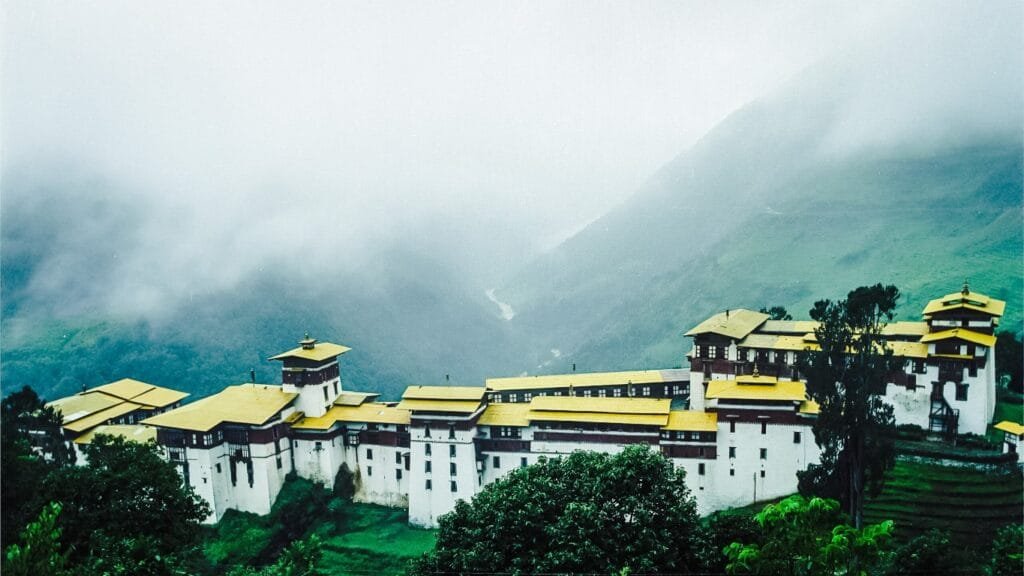
Summer Advantages
- Lush green landscapes and vibrant vegetation
- Lower accommodation and tour prices
- Fewer tourists at popular destinations
- Warm, comfortable temperatures
Summer Challenges
- Occasional rainfall and muddy trails
- Mountain views often obscured by clouds
- Risk of landslides on some roads
- Higher humidity levels
Visiting Bhutan in Autumn
Autumn is Bhutan’s second peak season, starting in September and lasting until November. The pleasant temperature makes it ideal for hiking and attending festivals. As the monsoon season ends, the sky becomes clear, offering spectacular views of the snow-capped mountain peaks. October is considered one of the best months to visit Bhutan, with almost 80% of international travelers choosing to visit in October. The Black-necked Crane Festival, celebrated in November, is among the most famous festivals.
Temperature Range
Autumn Festivals
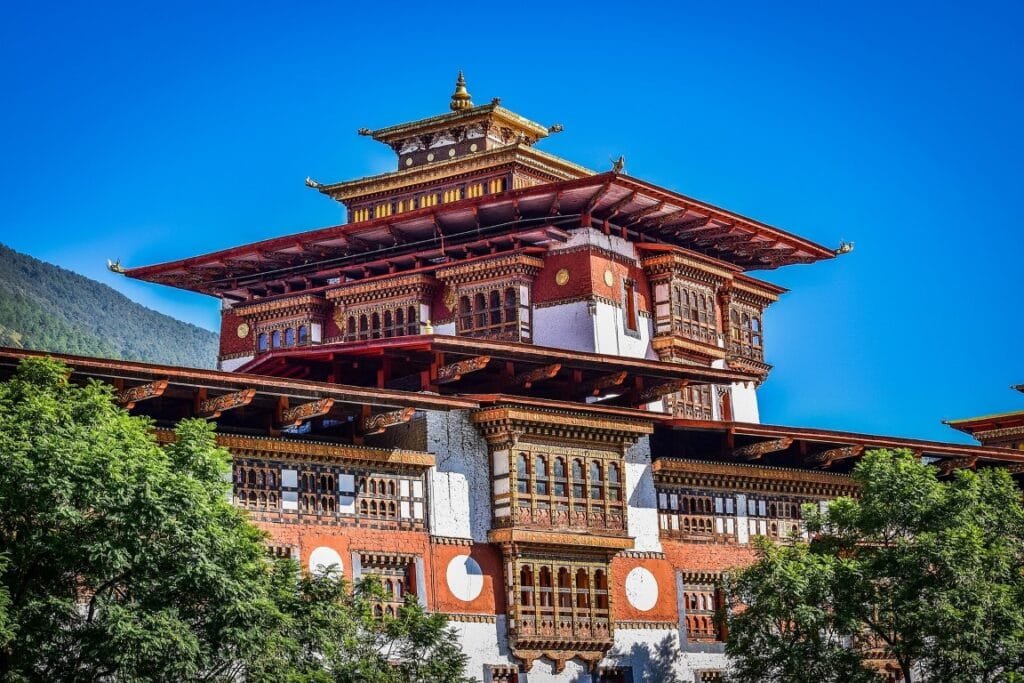
Autumn Advantages
- Crystal clear skies with stunning mountain views
- Perfect hiking and trekking conditions
- Numerous festivals including the Black-necked Crane Festival
- Pleasant temperatures throughout the country
Autumn Considerations
- Peak tourist season with higher visitor numbers
- Higher accommodation and tour prices
- Need to book well in advance (especially in October)
- Popular sites may be crowded during festival times
Final Thoughts
So, the best time to visit Bhutan is certainly Spring and Autumn, when nature is at its fullest, with clear skies, pleasant temperatures, and a spectacular view of the snowcapped peaks. Though Winter and Summer do not offer much to travelers, they do offer an affordable adventure experience.
Winter
Dec-Feb
Best for budget travelers
Spring
Mar-May
Best for festivals & flowers
Summer
Jun-Aug
Best for budget & fewer tourists
Autumn
Sep-Nov
Best for clear views & trekking
Travel Tips for Bhutan
- Book accommodations at least 3-4 months in advance for peak seasons (Spring and Autumn)
- Pack layers regardless of season, as temperature varies significantly with altitude
- Plan your trip around specific festivals if you’re interested in Bhutanese culture
- Consider visiting during shoulder seasons (early December or late February) for a balance of good weather and fewer crowds
Start planning your dream trip to Bhutan today!
Explore More Bhutan Travel Guides
